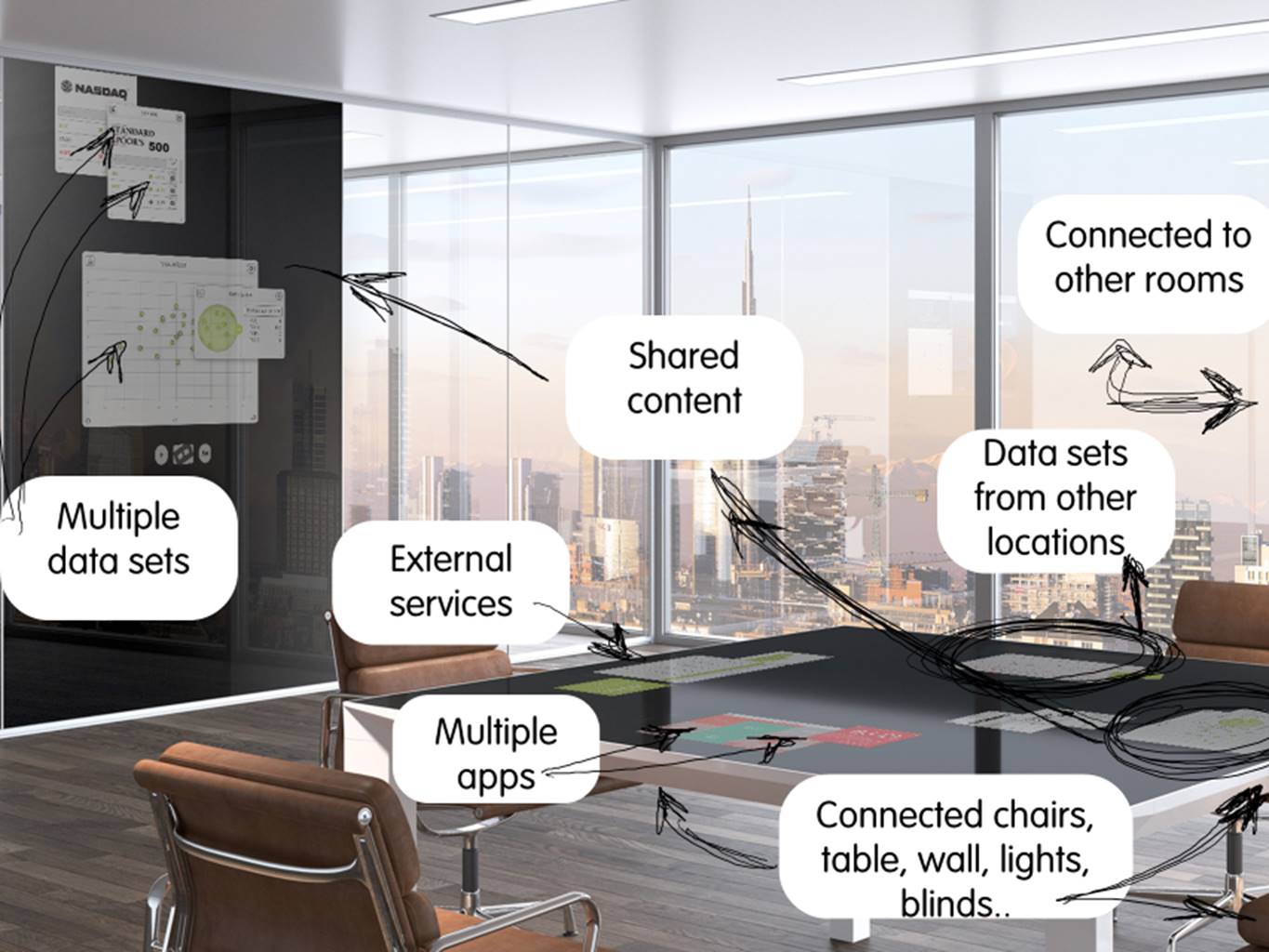Workplace 3.0
Whilst several leaders in the tech industry are now investing in ‘creative spaces’, their approaches differ a great deal between each other. At the Salone de Mobile 2017 fair, more furniture and office designs were presented that expanded on the creation of easier methods for collaboration in a mobile workspace. Despite the variety of different approaches, the one theme that does seem to underline all of their designs is that they adhere to the idea of ‘workplace 3.0’.
Workplace 3.0 involves combining furniture and technology with each other to create reactive environments that can serve a range of purposes. With Workplace 3.0 technology in place, collaboration and adaptable work spaces will be even easier.
The advent of Workplace 3.0 and the future of office working is pressing upon us. Previous concepts and expectations of workspaces are evolving at a new rate, with process and culture changing within companies. Management which have gotten used to a specific way of doing things are having to embrace a new way of thinking to ensure they remain competitive and that their company is not left trailing those who have sought the benefits that technology brings. However, transitioning your office into one that materialises the ideology of workplace 3.0 is not something to be considered lightly.
At dizmo, we are experts at providing next-generation visualisation solutions with those customers who wish adapt and transform the way they interact with their data. We always welcome new ideas and companies embracing the future of the workspace, but here is some advice we would give to anyone considering.
1. Understand that Workplace 3.0 will change culture and process at your business
One of the issues we frequently come across when talking to new clients is a desire to implement new technologies in their office without considering the impact these technologies will have on their workflow. Change for the sake of change is not innovation, and one of the key processes we go through with our clients is to ensure that any new technologies that they are implementing is going to help their company grow and expand.
We’ve experienced this ourselves and have had prospects and clients approach us with the same challenge; not being aware of the impacts of new technologies on day to day workflow. Recognition that a well-implemented technology can change culture and process is important for managers when making this initial decision.
2. Plan what your end goal is
Nobody likes it when a manager enforces a decision from upon high without consulting those around him. Make sure that any impact of a technology is understood by holding forums with your workers. Although the decision should ultimately come from the top down, there needs to be an understanding throughout the company as to why the decision has been reached. Technology should benefit the employees at every level, not just a select few.
3. Good management is key for making the transition
As you have probably noticed so far, most of our tips involve making sure that management is both aware of the impacts of new technology and how new technology can create new ones. Yet there is an important stage between the two states, and that’s the transition between old and new technologies. No adjustment is going to be immediate, so it’s worth setting aside training time, time to research and investigate the potential and limitations of the new system, as well as understanding if there are any new processes that are created from its implementation.

